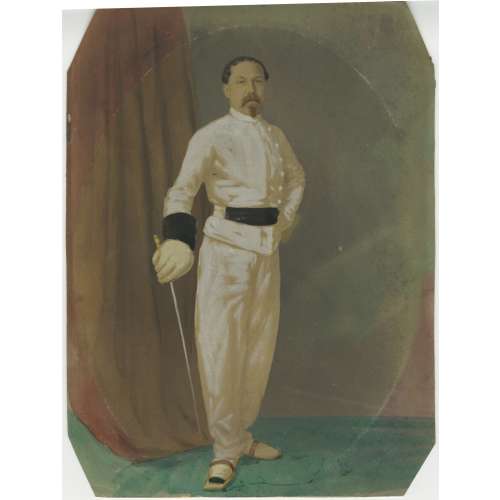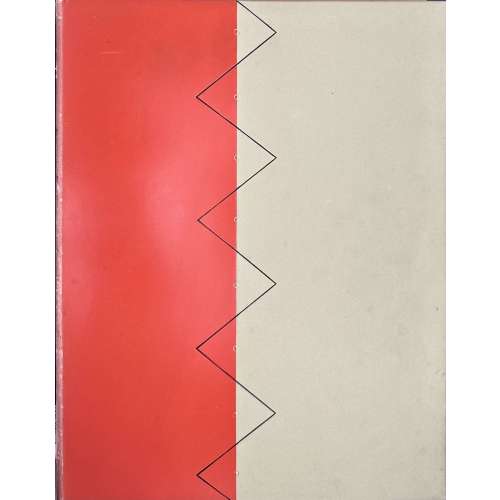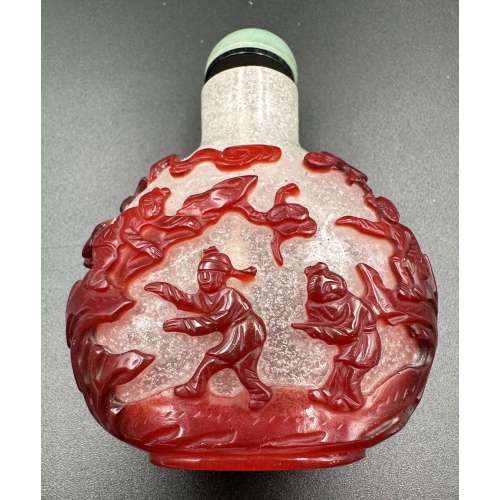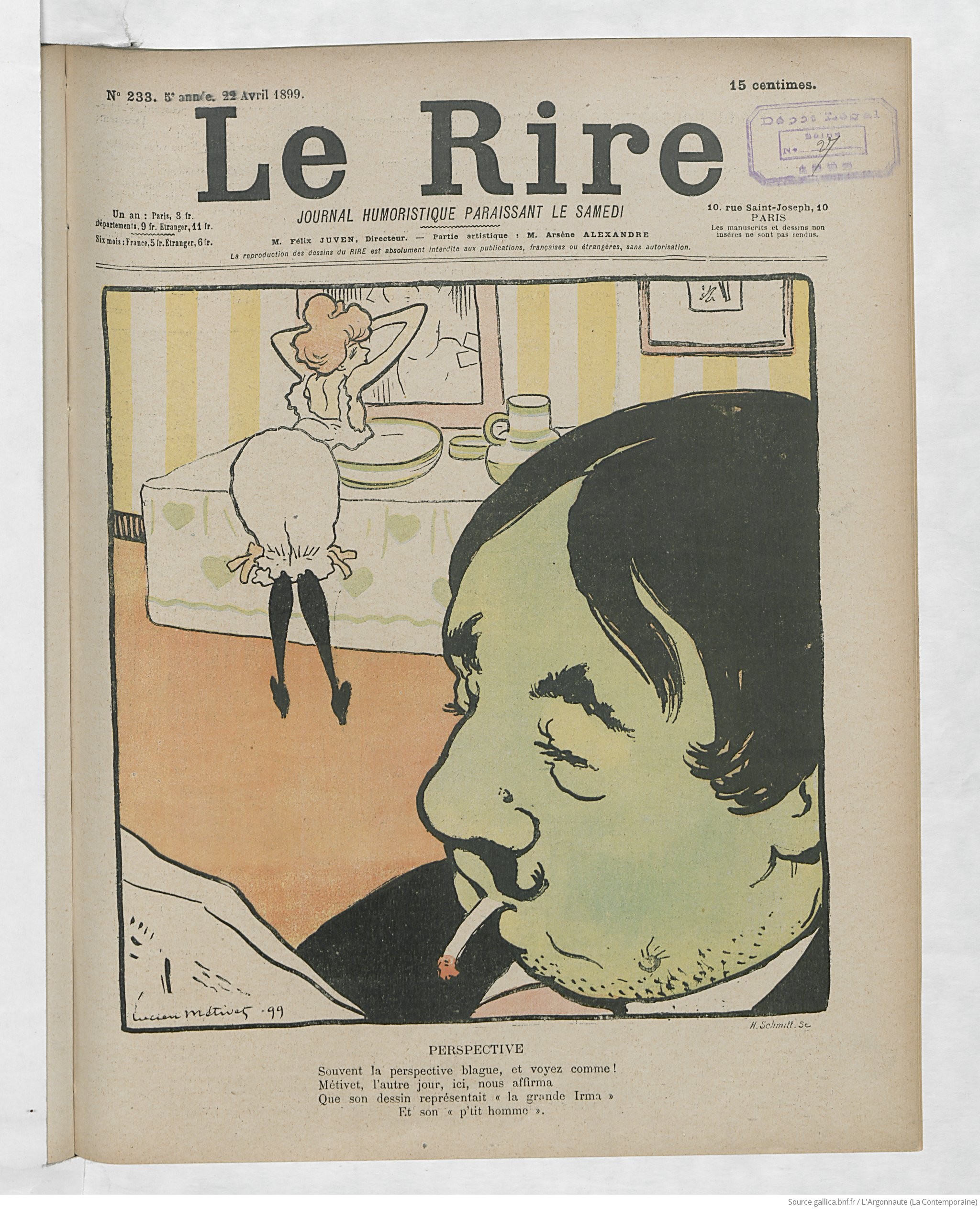
№ 233 April 22nd
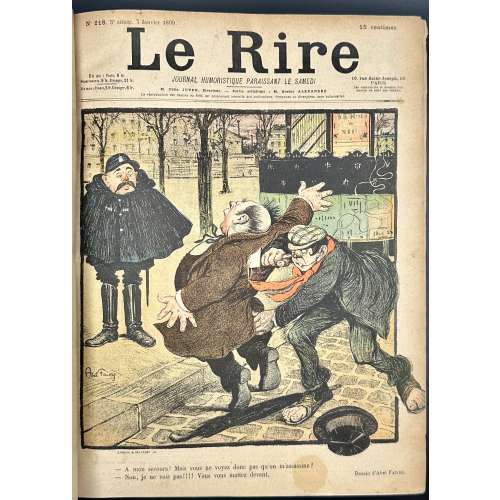

№ 233 April 22nd
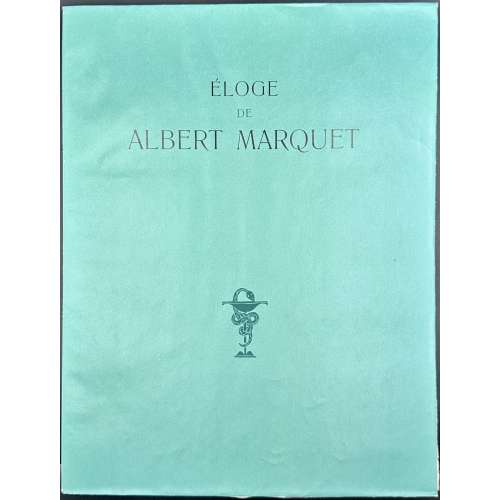
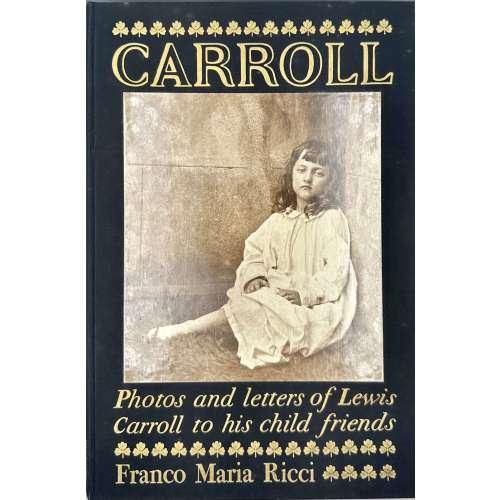
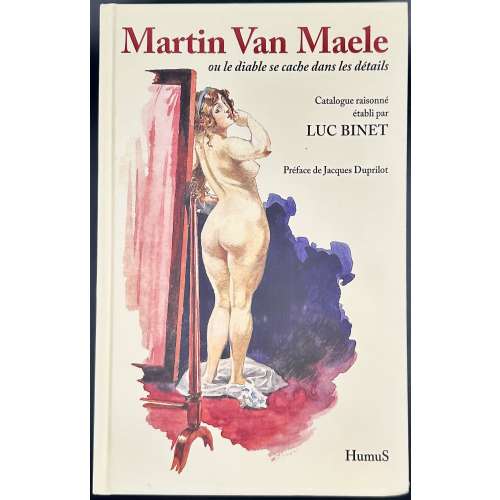
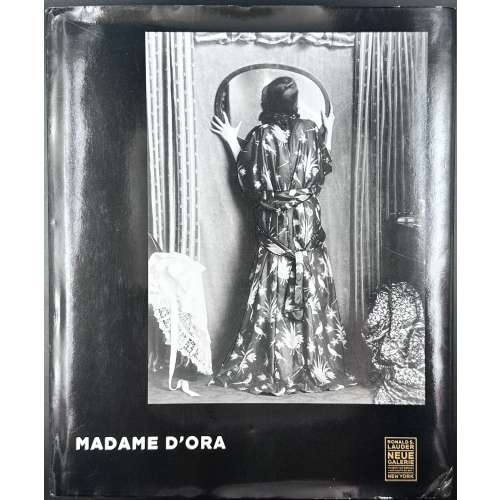
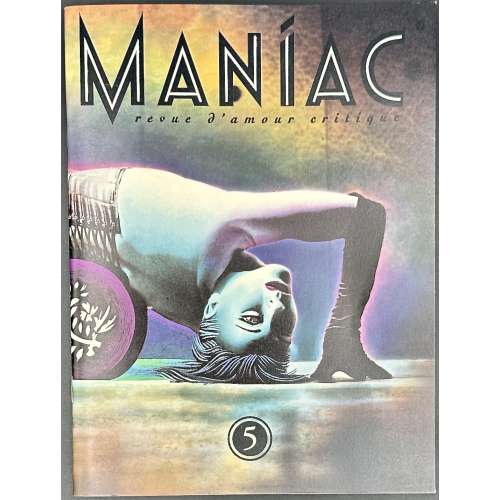
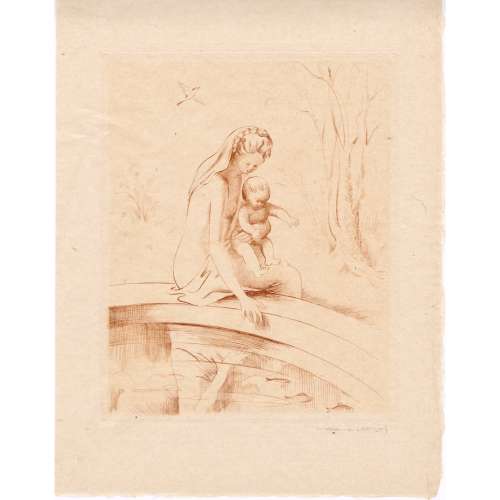
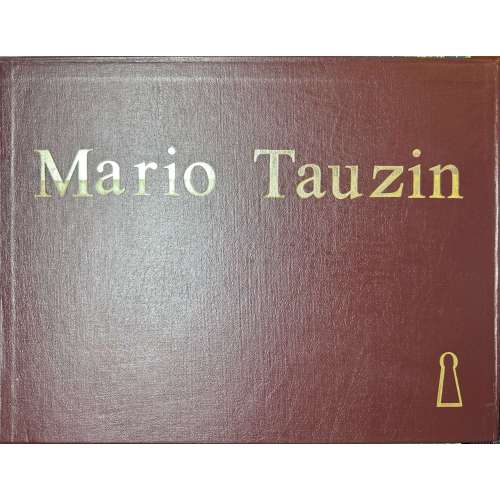
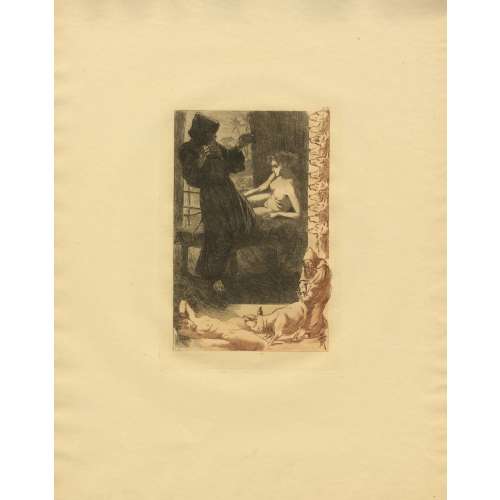
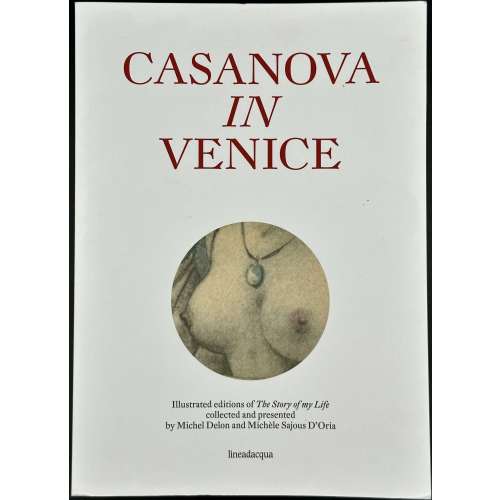

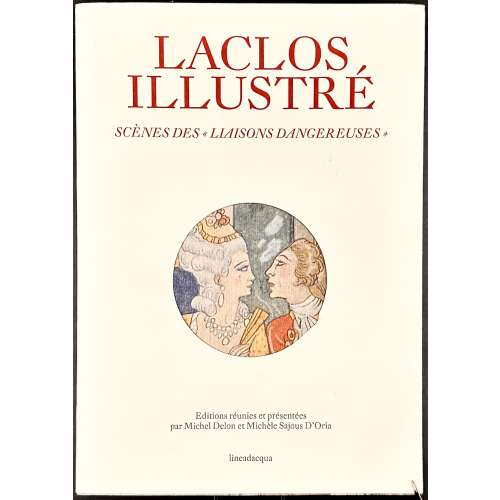
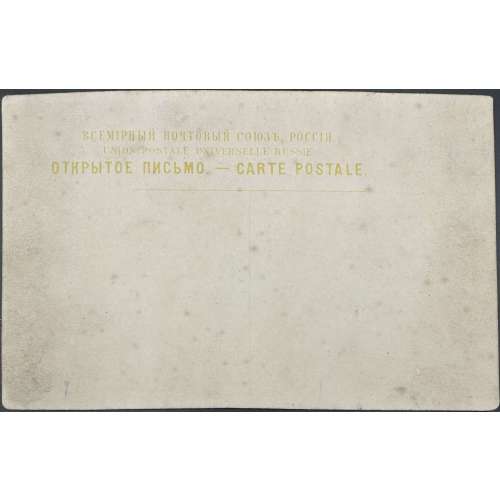
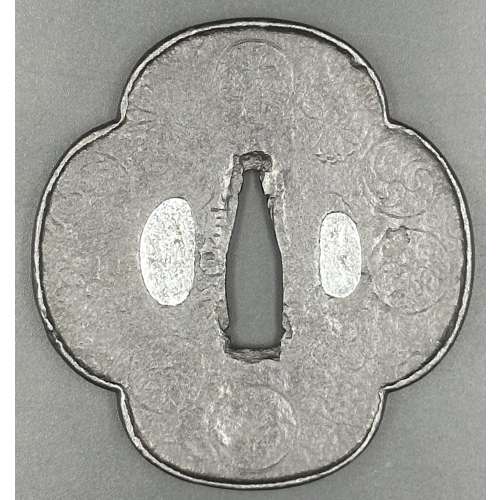
Signed: Nobuie [信家] / 62
Probably the work of Shodai Nobuie (c. 1580).
Tokubetsu hozon certificate № 2002993 of the N.B.T.H.K., dated January 15, 2016. NOBUIE TSUBA by Steve Waszak The iron tsuba made by the two early Nobuie masters are regarded as the greatest sword guards ever made across hundreds of years of Japanese history. Only a small handful of other smiths' names are even mentioned in the same breath as that of Nobuie. Despite the well-deserved fame of the Nobuie name, virtually nothing is known with certainty about the lives of the two men who made the pieces carrying this name. They are thought to have been men of Owari Province, with the Nidai Nobuie also spending time in Aki Province at the end of the Momoyama Period. Two Nobuie tsubako are recognized. The man whom most consider to have been the Shodai signed his sword guards with finer and more elegantly inscribed characters than the smith seen by most as the Nidai. The term used to describe the mei of the Shodai is "hanare-mei" or "ga-mei," while that used to characterize the signature of the Nidai is "futoji-mei" or "chikara-mei." These terms refer to the fineness and grace of the Shodai's signature and the relatively more powerfully inscribed characters of the Nidai's. The Shodai is thought to have lived during the Eiroku and Tensho eras in the latter part of the 16th century, while the Nidai's years are considered to have been from Tensho into the Genna era. This locates both smiths well within the Golden Age of tsuba artists -- the Momoyama Period. Nobuie tsuba are esteemed and celebrated for the extraordinary beauty of their iron. The combination of the forging of the metal, the surface treatment by tsuchime and yakite married to powerfully expressive carving, the masterful manipulation of form, mass and shape, and the colour and patina of the iron makes Nobuie sword guards not only unique in the world of tsuba, but the greatest of the great. The sword guard here is a Shodai-made masterwork, done in mokko-gata form, a shape the early Nobuie smiths mastered to a degree unmatched by any others. The expanding of the mass of the tsuba from the seppa-dai to the mimi, increasing by 50% from the centre of the guard to the rim, creates a sense of exploding energy, which is then contained by the uchikaeshi-mimi, yielding a lightning-in-a-bottle effect of captured energy. The hammering the master has employed to finish the surface is subtle and sensitive, achieving a resonant profundity, and the deep blue-black colour -- augmented by a lustrous patina -- leaves the tsuba to positively glow in one's hand. In this piece, Nobuie has used a motif of several kamon, or family crests, each carved only lightly on the surface in a loose ring around the nakago-ana. Due to the shallow depth of this carving, together with the tsuchime finish of the plate, the effect is to leave the kamon with a sort of weathered appearance, recalling the prime aesthetic values of sabi and wabi, which had great circulation in the Tea Culture so ascendant in the Momoyama years. However, the effects of sabi and wabi expressed in the treatment described above are amplified and deepened by the color and patina of the iron, thereby adding yet another aesthetic value -- yuugen -- which is linked with the abiding mystery of the universe and one more — mono no aware — which alludes to the pathos of life's experiences and transitory nature. In short, this Nobuie tsuba joins poetry with power and therein exemplifies the unrivalled brilliance of Nobuie workmanship.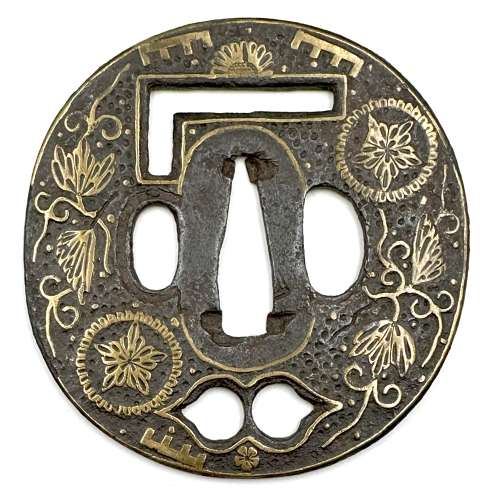
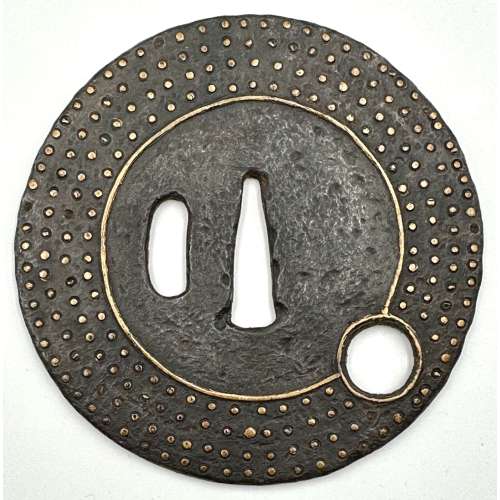
Iron tsuba of round form with one hitsu ana; centre of the plate outlined with the inlaid circular brass wire broke by a circular opening 7 mm in diameter located between 4 and 5 o’clock of the plate and in its turn outlined with brass wire. Extraneous to the central wire, the plate is decorated with four rows of brass dots (ten-zogan). A few dots are missing. In a custom kiri wood box. The meaning of the emblem is probably either the sun or the moon.
Ōnin school. Unsigned.
Mid Muromachi period, middle of the 15th century.
Dimensions: diameter 88 mm; thickness 3.3 mm.
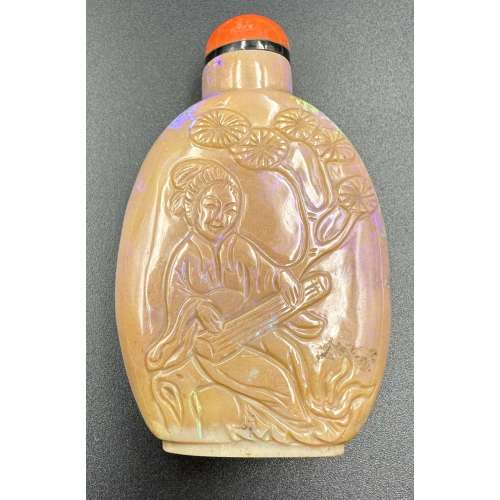
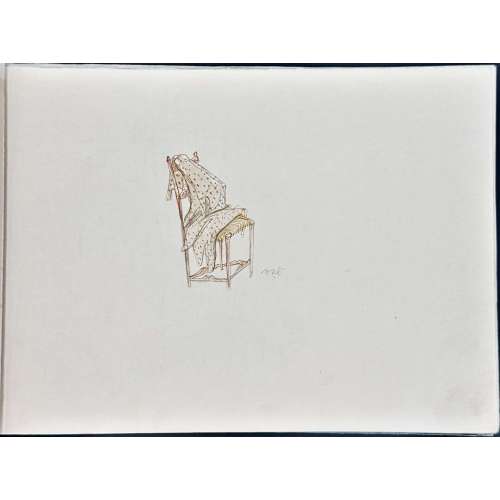
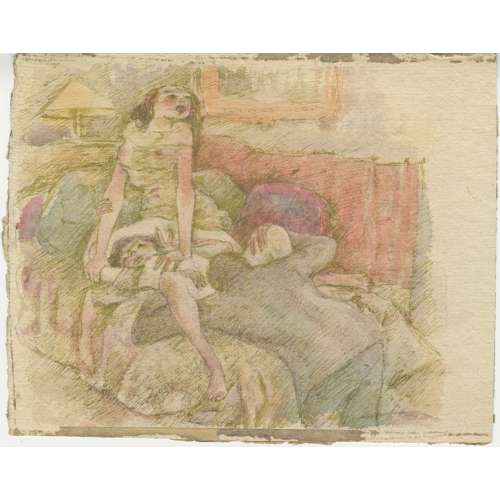
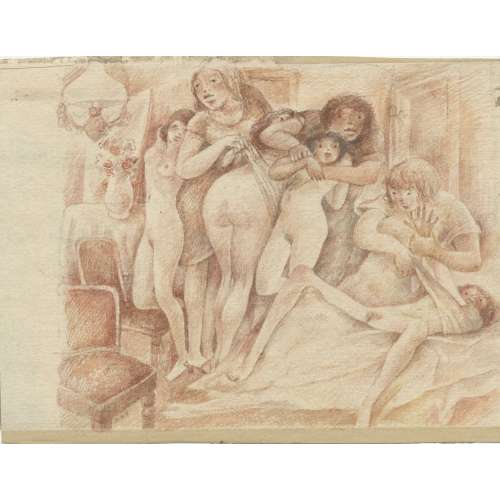
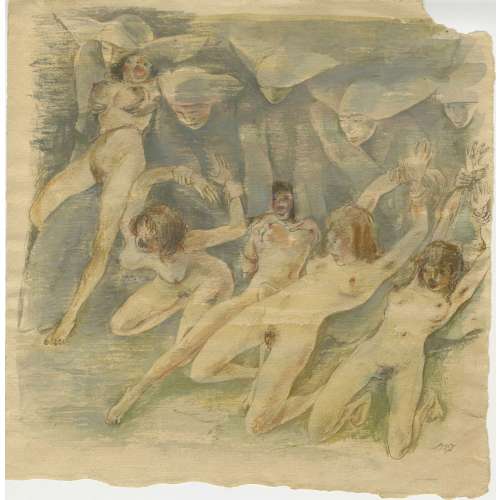
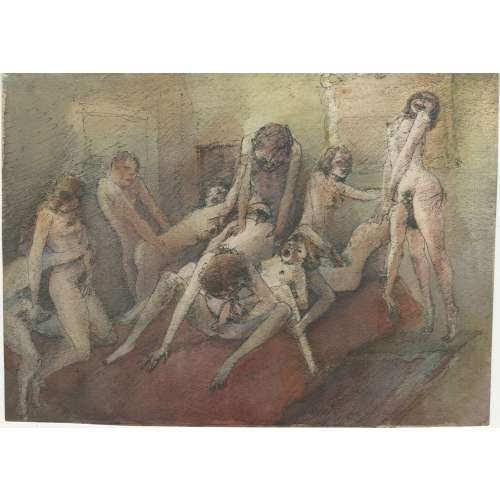
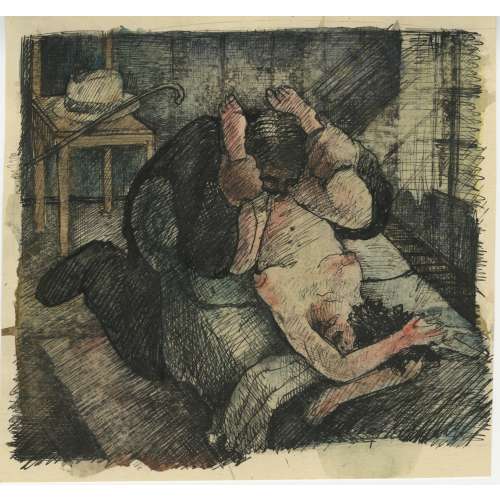
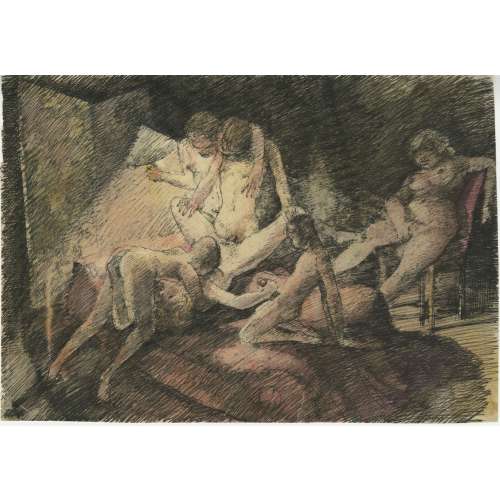
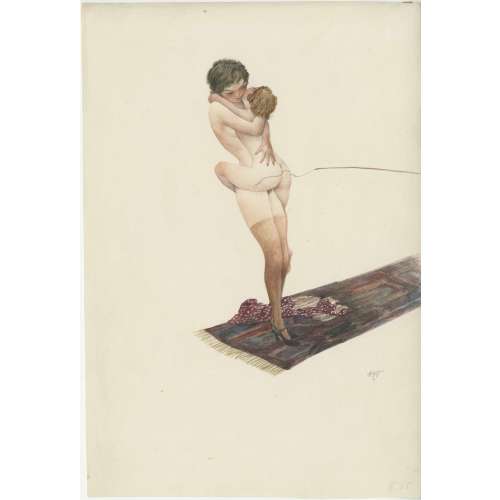
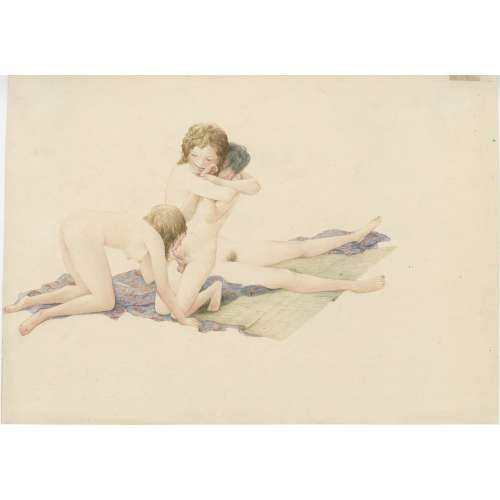
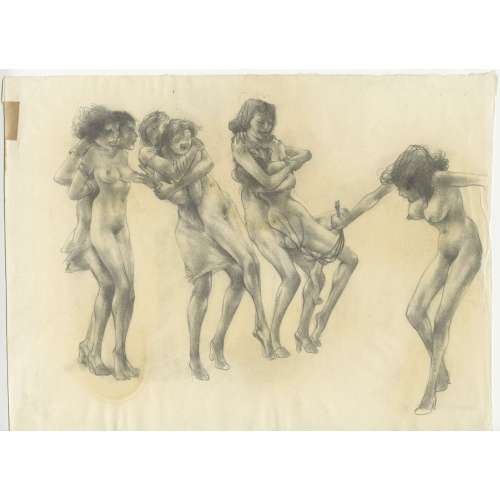
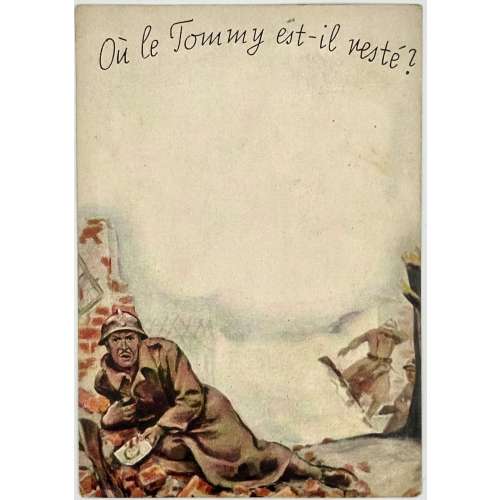
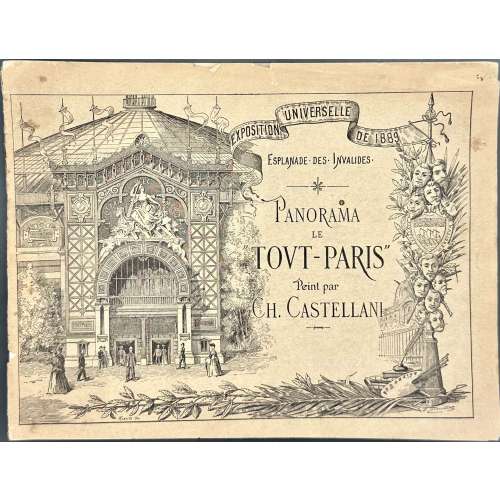
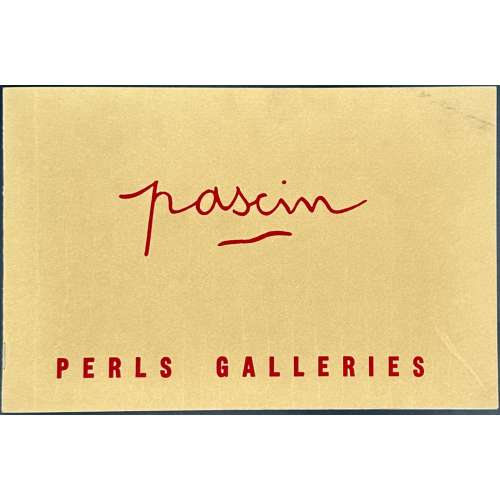
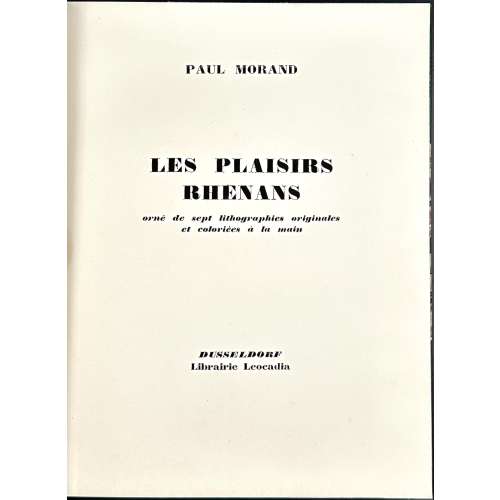
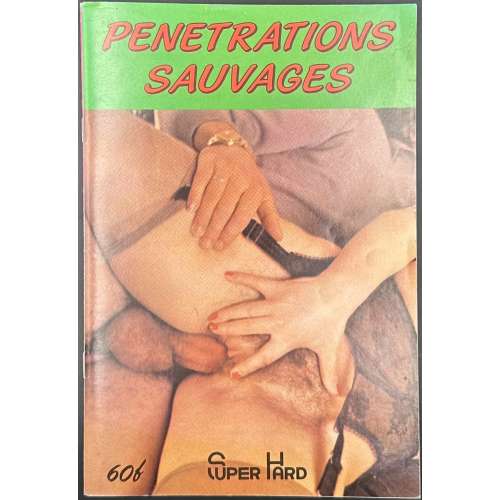
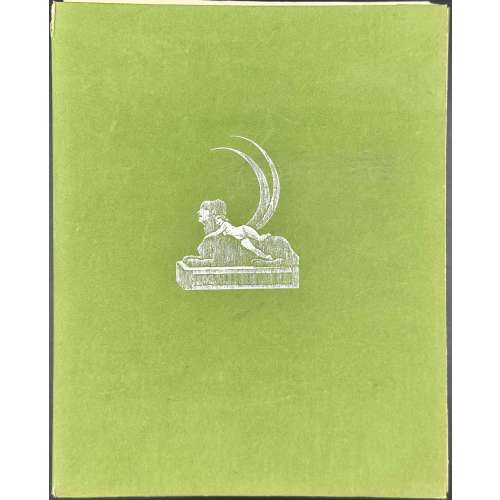
honesterotica.com: Pibrac is best remembered for his own collection of poems, a set of 126 moralistic quatrains, which throughout its endless printings bestowed good advice and guidelines to proper conduct…The English translation of Louÿs' Pibrac/Pybrac by Geoffrey Longnecker was published by Wakefield Press in 2014: https://wakefieldpress.com/products/pybrac Title-page (green and black): PIBRAC | QUATRAINS ÉROTIQUES | DE | PIERRE LOUYS | {vignette} | AUX DÉPENS D’UN AMATEUR | POUR LE PROFIT DE QUELQUES AUTRES | M. IM. XXXIII || Imprint / Limitation: Cette édition des quatrains érotiques de Pierre Louÿs, illustrée de vingt eaux-fortes originales d'un artiste inconnu, a été strictement limitée à 300 exemplaires qui ont été composés en Elzévir vieux style de corps 12 avec des caractères neufs. Ils ont tous été tirés sur grand vélin d'Arches à la forme et comportent tous un état avec remarque des 20 planches, tiré en noir. Justification du tirage: 20 exemplaires sur grand vélin d'Arches à la forme, numérotés de 1 à 20, auxquels il a été ajouté en plus des états avec remarque des 20 cuivres, 1 des aquarelles ayant servi à l'illustration, 1 croquis original et 1 cuivre encré. 280 exemplaires sur grand vélin d'Arches à la forme, numérotés de 21 à 300, comprenant tous les états avec remarque. Il a été tiré en outre 8 exemplaires sur Arches, numérotés en chiffres romains de I à VIII, destinés aux collaborateurs de l'ouvrage. Pour authentifier la présente édition, l'artiste et l'éditeur apposeront sur cette justification un cachet en garantissant l'originalité. Cet exemplaire porte le No 290. Colophon: La présente édition a été achevée d'imprimer à Paris le trente et un janvier mil neuf cent trente-quatre par deux imprimeurs amis des belles éditions. Catalogue raisonné: Dutel III № 2198. Collaborators: Pierre Louÿs (French, 1870 – 1925) – author. Louis Berthomme Saint-André (French, 1905 – 1977) – artist. Edition attributed to the bookseller Robert Télin.
